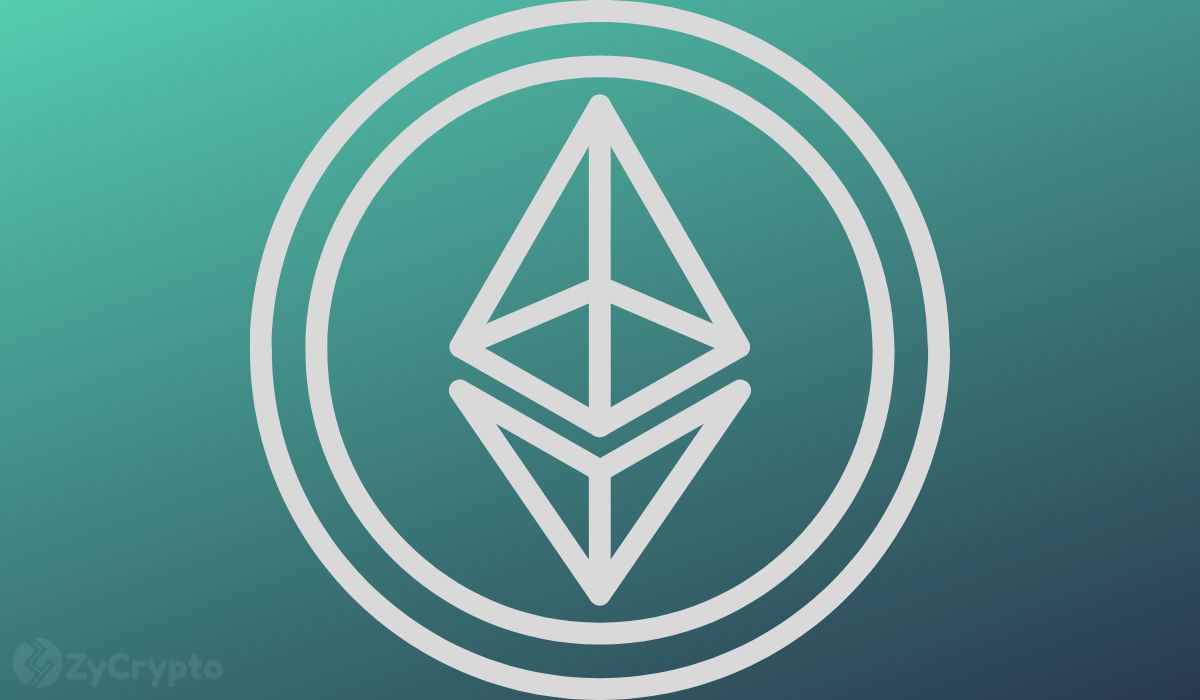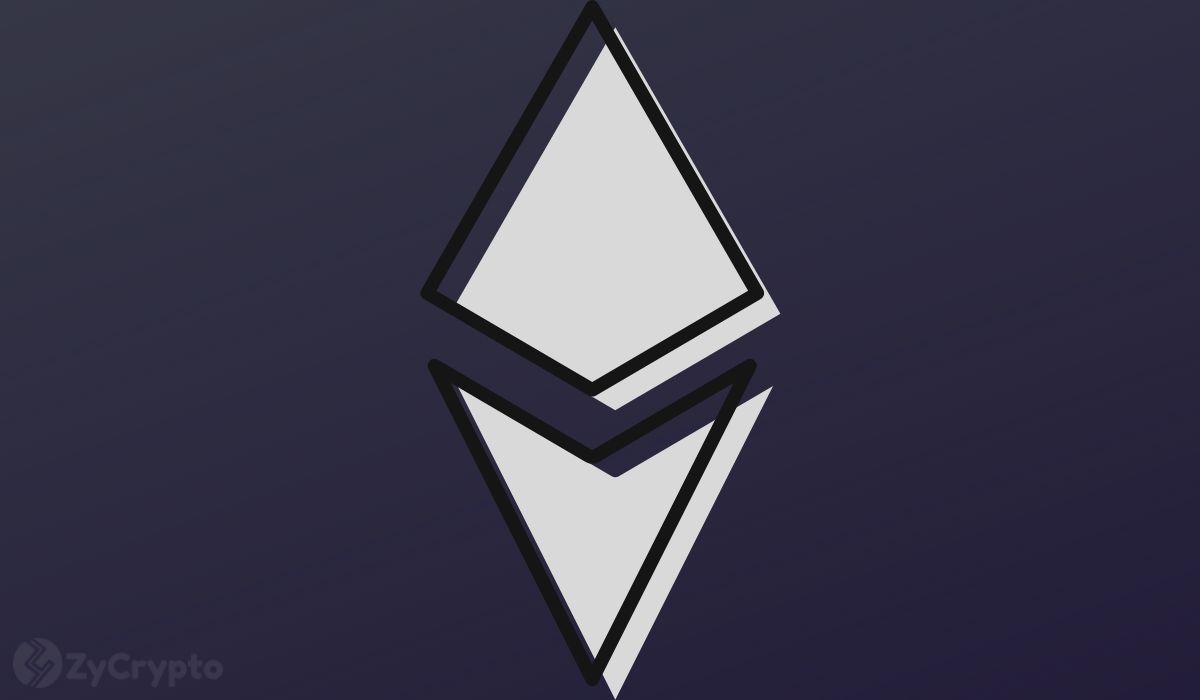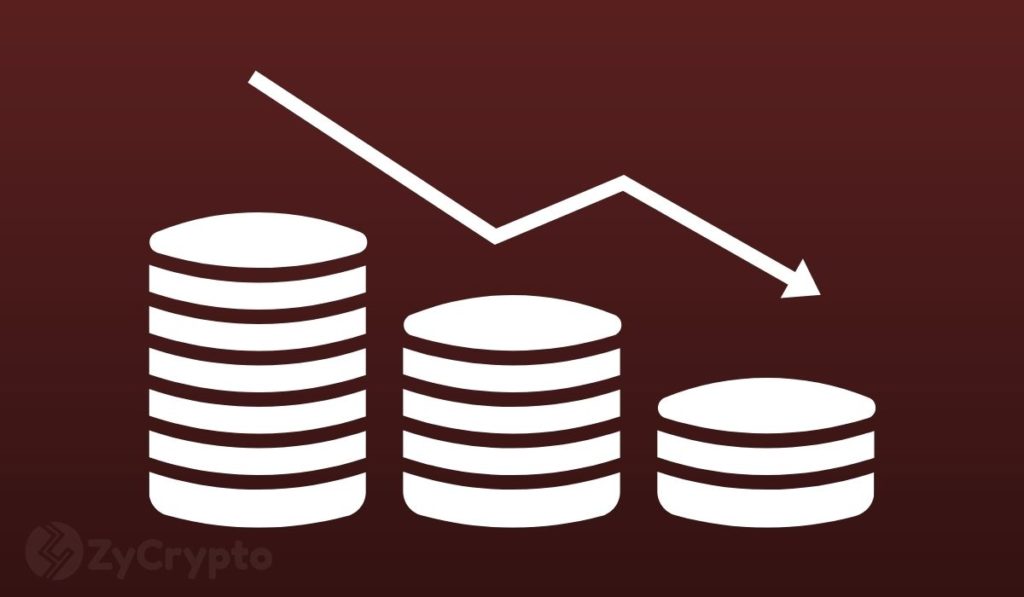2018-12-10 13:17 |
CoinSpeaker
New Ethereum 2.0 Roadmap Finally Unveiled, 8 Teams Working on It’s Progress
However, despite its success, Ethereum is still a nascent technology, to support these applications and those not imagined yet, it needs to address a key issue.
Ethereum’s grand plans for the future continue in the background, with decentralized Ethereum Proof of Stake pool Rocket Pool’s senior blockchain developer Darren Langley releasing an overview of the so-called ‘Ethereum 2.0’ roadmap.
So, before we even start, it’s important to explain what is exactly Ethereum 2.0. It is actually a term used to describe a series of potential updates to Ethereum to make it, for lack of better terms, faster and better.
Potential updates to address current scaling issues, issues with mining, and to some extent issues with security include proof-of-stake solutions (Beacon Chain, Casper FFG), Sharding, eWASM, Plasma, Raiden, and more.
And while one of these components – namely ethereum’s implementation of WASM, has the potential of being tested in the earlier roadmap for ethereum 1x, the majority of the work to build out ethereum 2.0 is still ongoing as a separate project.
And that work is being carried out by eight different teams spread out across the globe.
First is Toronto based ChainSafe Systems who are currently building an ethereum 2.0 client written in Javascript. Leader of the team, Mikerah Quintyne-Collins says that their motivation is to bring a whole host of web developers to the ethereum] ecosystem.
Harmony Team is our second group of Ethereum enthusiasts who were recently awarded $90,000 through the Ethereum Foundation grants program to build out specifications for ethereum 2.0. They tend to operate under a General Public License (GPL) designed to ensure any implementations of the code remain “free software and stay free software,” as described in the official GPL guide.
Third group is Parity Technologies, programmed in Rust and built for “mission-critical use,” meaning fast synchronization speeds and maximum operation uptimes. Their Head of Public Affairs. Peter Mauric said:
“Ethereum 2.0 is going from this experimental project that Vitalik launched just a few years ago to a more production ready blockchain protocol.”
PegaSys, the fourth team, is building out ethereum 2.0 specifications for an existing ethereum Java client called Pantheon. Pantheon uses an open-source software license called Apache 2.0 to enable businesses building products on top of the ethereum platform to monetize their intellectual property.
Building out the first implementation of ethereum 2.0 in programming language Go, Prysmatic Labs, the fifth team, launched this January with the goal of helping the ethereum blockchain reach scalability. Named Prysm, the ethereum 2.0 client will act as a counterpart to the blockchain’s current most popular client implementation also written in Go called Geth.
Recently awarded a $150,000 grant from the Ethereum Foundation, Sigma Prime company is now working on building an ethereum 2.0 client called Lighthouse written in programming language Rust. This should increase transactions per second and make significant environmental gains under a proof-of-stake consensus protocol.
A messaging platform and mobile browser specifically designed to engage users on the ethereum blockchain, Status unveiled this August active development for an ethereum 2.0 client called Nimbus written in programming language Nim.
The last one is Trinity, a current ethereum client written in programming language Python. Championed to be the new standard Python implementation for ethereum, Trinity features upgraded code to the now dormant PyEthApp originally authored by Vitalik Buterin.
Having launched this year in a preliminary alpha phase, Trinity is comprised of six developers including Merriam all except one of whom are contracted to work by the Ethereum Foundation.
Expected to build support for ethereum 2.0 specifications as well, lead architect for Trinity Piper Merriam highlighted developing “at the boundary between research and implementation” was what he did best.
Serenity as a Beginning of a Global Collaboration HubEach of the Ethereum 2.0. solutions either addresses scaling (AKA it makes transactions faster and thus creates a better environment for smart contracts and DApps), changes the way Ethereum is mined, and/or helps make the network more secure.
Except for scalability, Ethereum 2.0. addresses also sustainability, efficiency, and flexibility. It combines several streams of work and will be rolled out incrementally over the next few years.
With the above in mind, there is also an all-in-one solution (and also a long-planned final phase of Ethereum 1.0 that takes us to 2.0) being discussed called Serenity.
Serenity is an idea that combines most of the Ethereum upgrade ideas noted on this page (including Proof-of-Stake, eWASM, and Sharding) together on a new parallel chain that would run alongside and be fully compatible with the existing chain. The truth is, that the Serenity has a rocky path behind. After Ethereum took the technology behind Bitcoin, it substantially expanded its capabilities. Now, it has its own network, with its own Internet browser, coding language, and payment system. Most importantly, it enables users to create decentralized applications on Ethereum’s Blockchain.
Once delivered, Ethereum 2.0 will support massive on-chain transaction throughput while balancing decentralization and security. With this foundation, Ethereum has the potential to be a key piece of infrastructure for the world’s transfer of value, a platform for new economic system and a hub for global collaboration;
According to Vitalik Buterin, Serenity is the new name for Ethereum 2.0. That said, one might generally think of all the upgrades that will take us to the next phase of Ethereum as “Ethereum 2.0.” It is largely a matter of semantics. The bottom line is that we are discussing upgrades that address Ethereum’s sticking points and take it to the next level.
At the Devcon4 conference that happened in October in Prague, Buterin said:
“Ethereum 2.0 is a combination of a bunch of different features that we’ve been talking about for several years, researching for several years, actively building for several years that are finally about to come together in one cohesive whole.”
Presenting the concept in Taiwan in November, Vitalik said that the four major problems faced by Ethereum today are privacy, smart contract safety, consensus safety, and scalability. According to Buterin, he and his team is ready to provide already developed solutions to the first three issues.
Last but not the least is the last week’s conclusion on the much-awaited Constantinople hard fork. The core developers’ team finally agreed to launch the hard fork on block number 7,080,000. Afri Schoedon, the release manager for Parity Ethereum client says that this can tentatively happen between January 14-18.
New Ethereum 2.0 Roadmap Finally Unveiled, 8 Teams Working on It’s Progress
origin »Ethereum (ETH) на Currencies.ru
|
|












